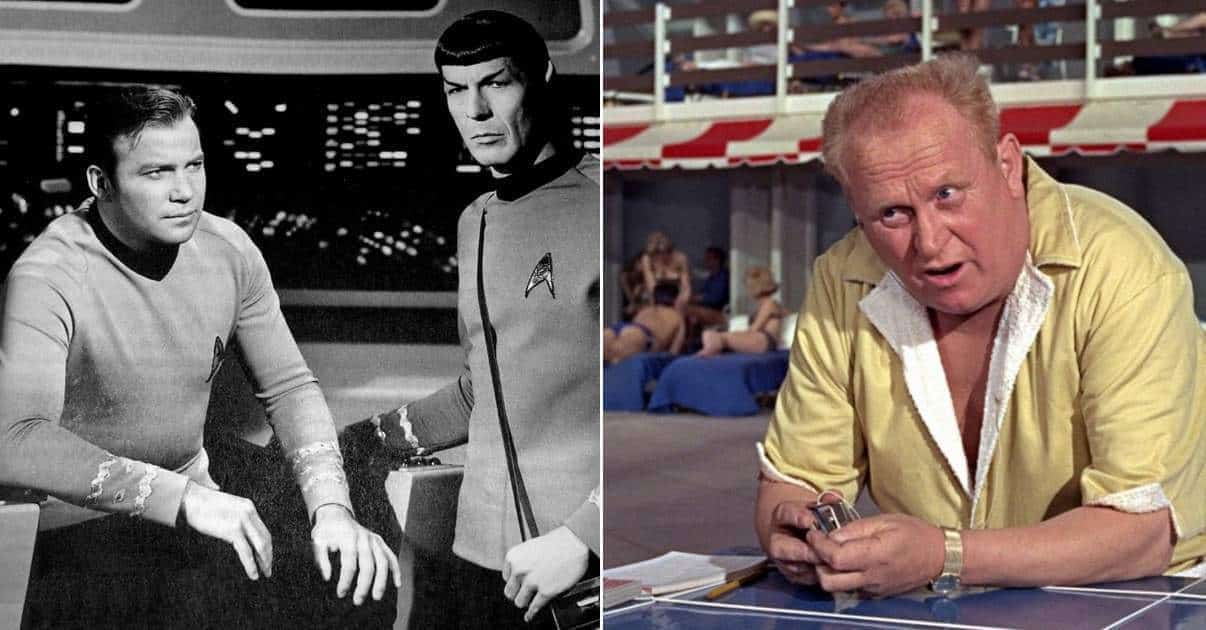Some fictional characters take on a life of their own to the point that they become almost real. After visiting the museum in his honor at 221B Baker Street in London, one could easily believe that Sherlock Holmes was a living, breathing, man who roamed fog bound streets, rather than the creation of Conan Doyle’s imagination. Some characters of fiction are based on real persons, their histories and personalities intertwined until they can barely be separated. The events of one’s life become the events of the other. And some iconic characters of fiction are based on earlier, lesser known characters of fiction with their creator borrowing from the earlier to form the latter.
It can make for an interesting study in lineage when a fictional character is based on an earlier fictional character itself based on a real person. Nearly everyone knows that Tony, the star crossed lover in West Side Story, is based on Shakespeare’s Romeo. Few are aware that the Bard borrowed Romeo from previous works, basing his character and story largely on Mariotto in Il Novollino, a work which its author claimed to be based on historical fact. Here are ten iconic fictional characters, based on real persons, preceding fictional characters, or a combination of both in the minds of their creators.


James Tiberius Kirk
James T. Kirk won’t be born for another two centuries so a discussion of his history seems somewhat premature. When his creator envisioned the character he wanted a young, dynamic, and less than perfect officer, willing to travel distances previously inconceivable. The idea of a character traveling “…where no man has gone before…” was clearly a man of the future, rather than one found in the past. But his inspiration was from the past.
Gene Roddenberry’s inspiration for James T. Kirk was James Cook, the English sailor and explorer who in his day boldly explored areas of the globe previously uncharted, on extended voyages of discovery. The title of the pilot episode for the Star Trek series, Where No Man Has Gone Before (ordered when NBC rejected the initial pilot) was itself inspired from an entry in Captain Cook’s diary, where Cook spoke of his ambition leading him, “…farther than any other man has been before me.”
But Cook, a noted disciplinarian and quick tempered man, was not the inspiration for the personality with which Kirk was fleshed out. His creator and the series’ writers were inspired there by another Captain of fiction, then somewhat obscure, having appeared but once in film. That character was C.S. Forester’s Horatio Hornblower.
Like Kirk, Hornblower frequently operated on missions entirely independent of higher authority, forced into world changing decisions and actions. The Hornblower of the novels was not particularly athletic, and William Shatner imbued the character of Kirk with attributes of Alexander the Great to supplement the reasoning and leadership of the fictional Hornblower.
Parts of the fictional Hornblower were also adopted by the character of Spock, in particular the ability to analyze a situation using pure logic. In the Hornblower series, the character is plagued throughout with self-doubt and emotion, the appearance of which he is constantly forced to suppress, presenting instead the appearance of decision to the men he leads. Thus Hornblower inspired the relationship of the two main characters on the original Star Trek series, the interaction between them reflecting the aspects of his fictional character.

